Rank Family | Scientific name Chelidae | |
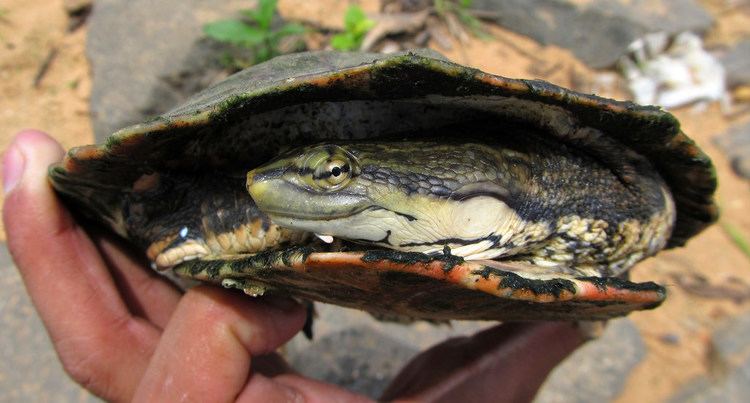 | ||
Lower classifications | ||
The Chelidae are one of three living families of the turtle suborder Pleurodira and are commonly called the Austro-South American side-neck turtles. The family is distributed in Australia, New Guinea, parts of Indonesia, and throughout most of South America. It is a large family of turtles with a significant fossil history dating back to the Cretaceous. The family is entirely Gondwanan in origin, with no members found outside of Gondwana, either in the present day or as a fossil.
Contents
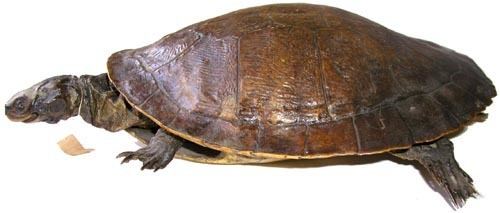
Description
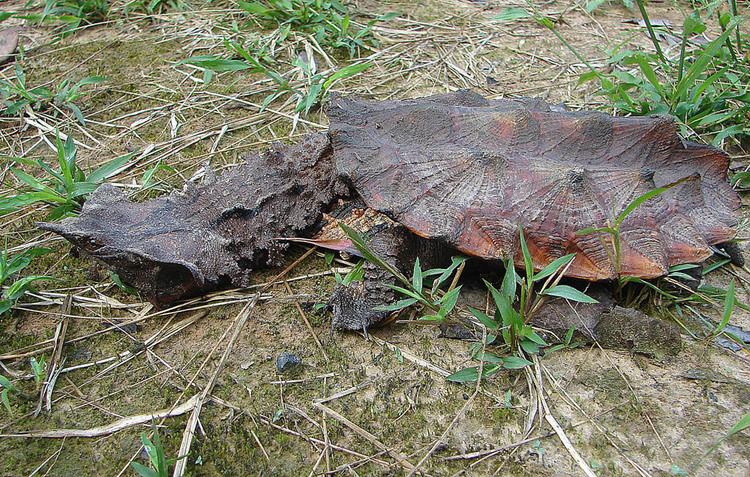
Like all pleurodirous turtles, the chelids withdraw their necks sideways into their shells, differing from cryptodires that fold their necks in the vertical plane. They are all highly aquatic species with webbed feet and the capacity to stay submerged for long periods of time. The snake-necked species (genera Chelus, Chelodina, and Hydromedusa) are largely strike-and-gape hunters or foragers feeding on fish, invertebrates, and gastropods. The short-necked forms are largely herbivorous or molluscivorous, but are also opportunistic, with several species having specialized to eating fruits.
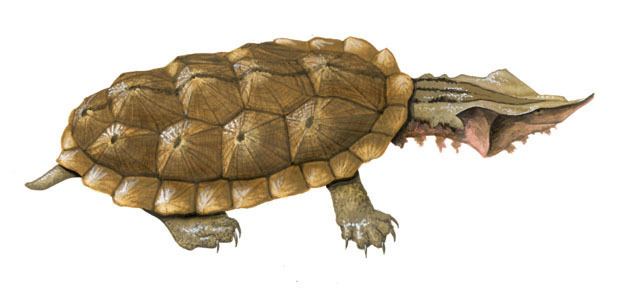
The highly aquatic nature of the group is typified by the presence of cloacal breathing in some species of the genera Elseya and Rheodytes. However, some species, such as the eastern long-neck turtle (Chelodina longicollis) from Australia spend significant periods of time on land and are considered highly terrestrial.
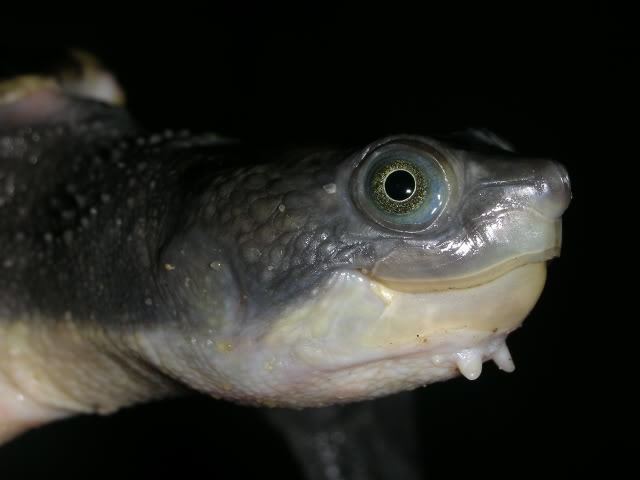
The smaller members of the family include the Macleay river turtle (Emydura macquarii) at around 16 cm, twist-necked turtle (Platemys platycephala) at 18 cm and the western swamp turtle (Pseudemydura umbrina) at 15 cm, whereas the larger species such as the mata mata (Chelus fimbriata) and the white-throated snapping turtle (Elseya albagula) both exceed 45 cm in shell length.
Classification
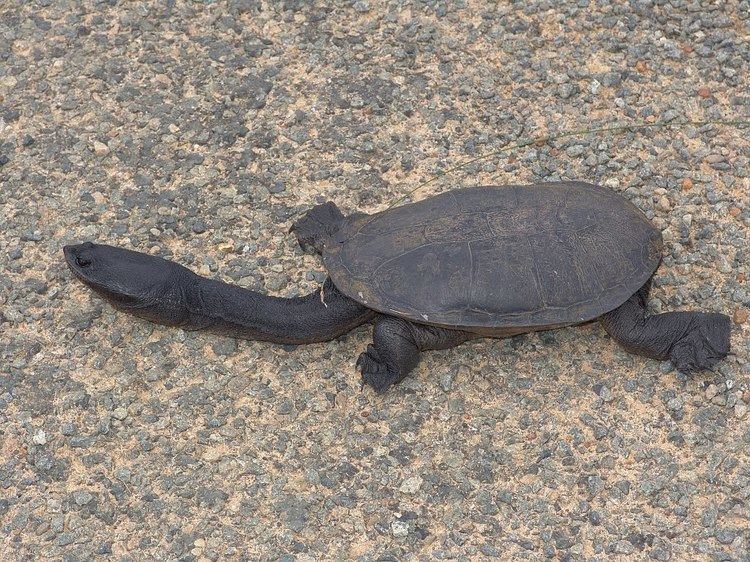
A number of theories of the relationships within the large chelid family have been posited. Using shared derived characters, an early attempt in the 1970s used strict parsimony to determine the three long-necked genera (Chelodina, Chelus, and Hydromedusa) were each other'S closest relatives. This was accepted for some time, but brought into scrutiny, because the major differences between the genera showed they all appeared to have evolved independently of each other, hinging on the fact that although they had long necks, how they used them and their structures were different.
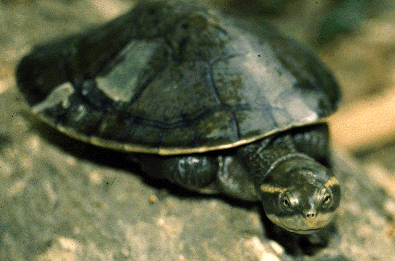
A number of additional data sets were developed that used electrophoresis and nuclear and mtDNA analysis; these all agreed on the independent evolution of the three long-necked clades. This was culminated in a reanalysis of the morphological data which demonstrated the convergence of the clades on a sweep of distinctive features needed for their piscivorous diets, Thomson, 2000. The subfamilies within Chelidae show the monophyly of the majority of the South American species and all the Australian species, with the far more ancient Hydromedusa as sister taxon to both these other groups.
The family Chelidae contains about 60 species within around 20 genera:
Suborder Pleurodira
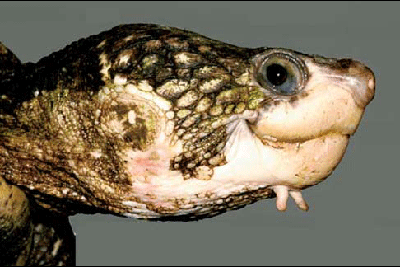
Phylogeny
Relationships of the living forms based on Georges et al., 2014.
